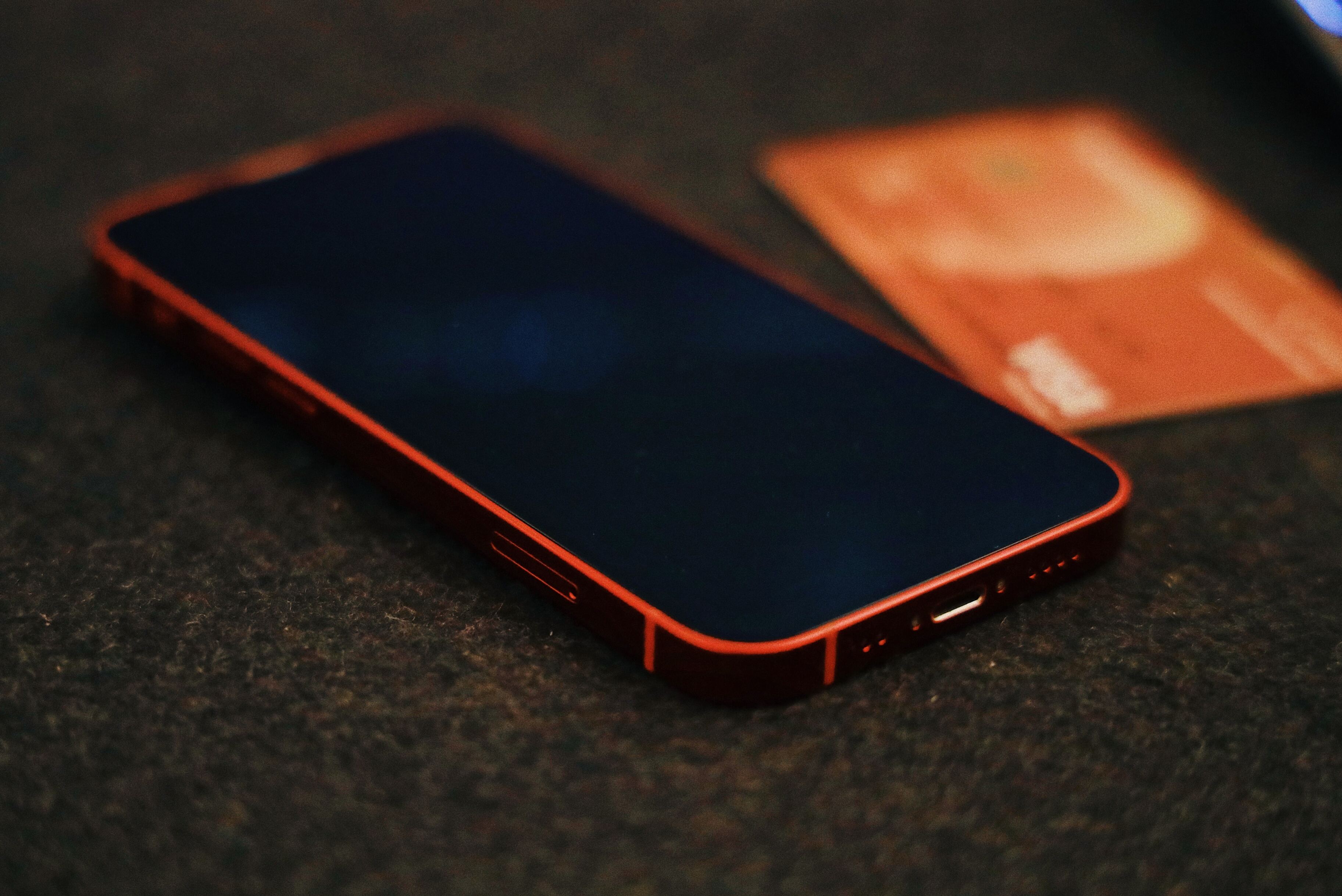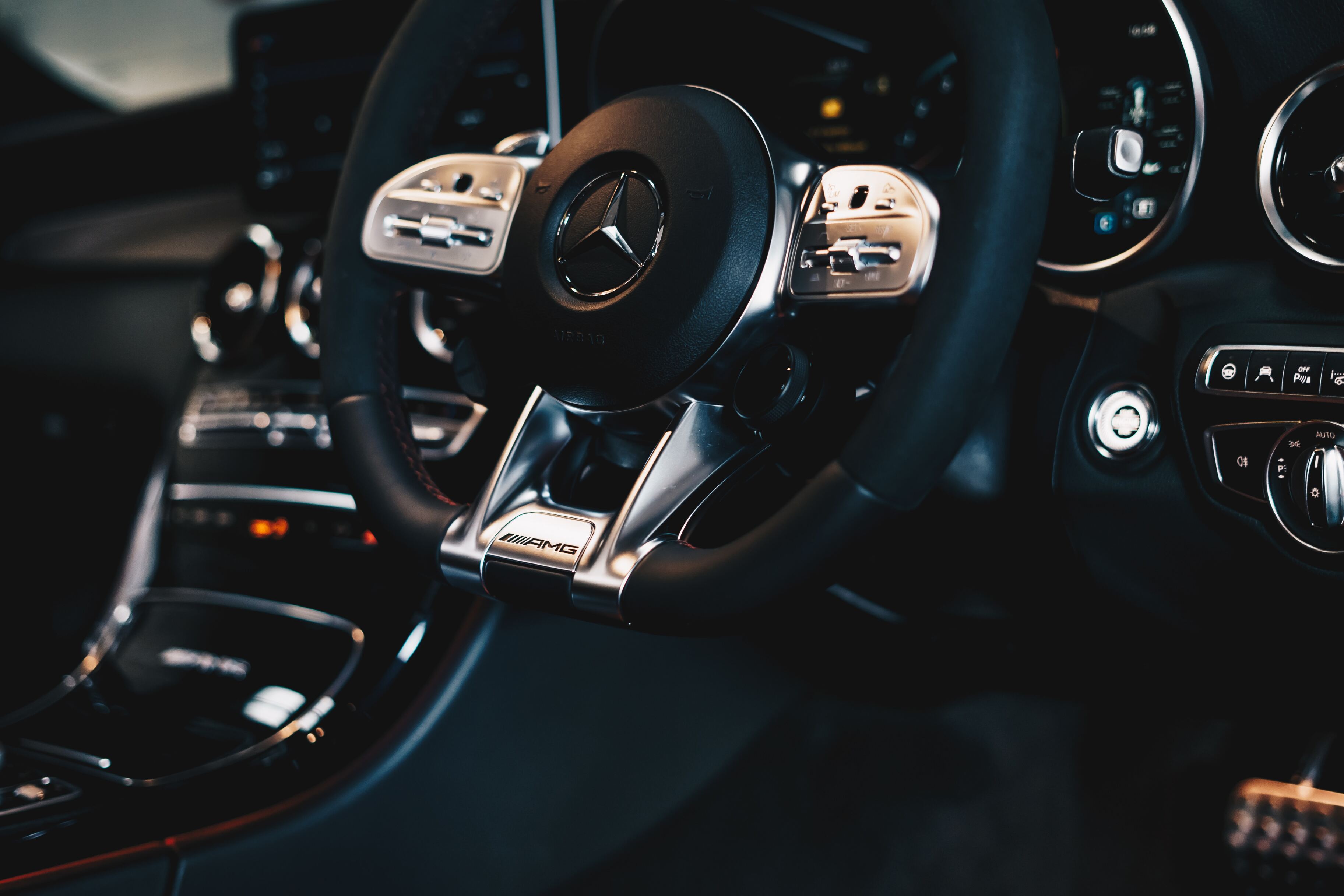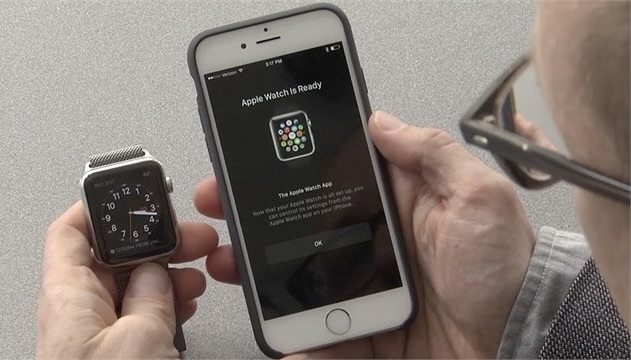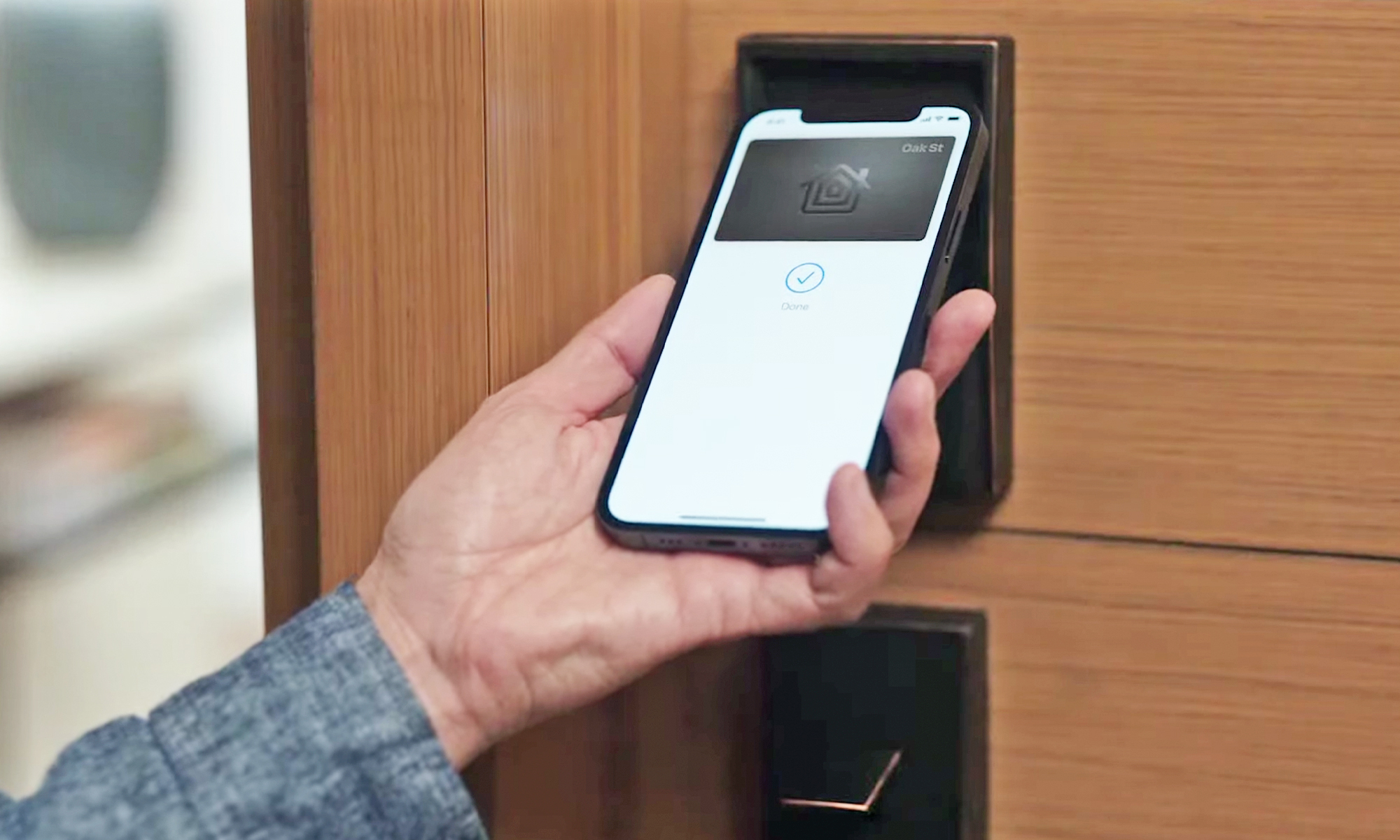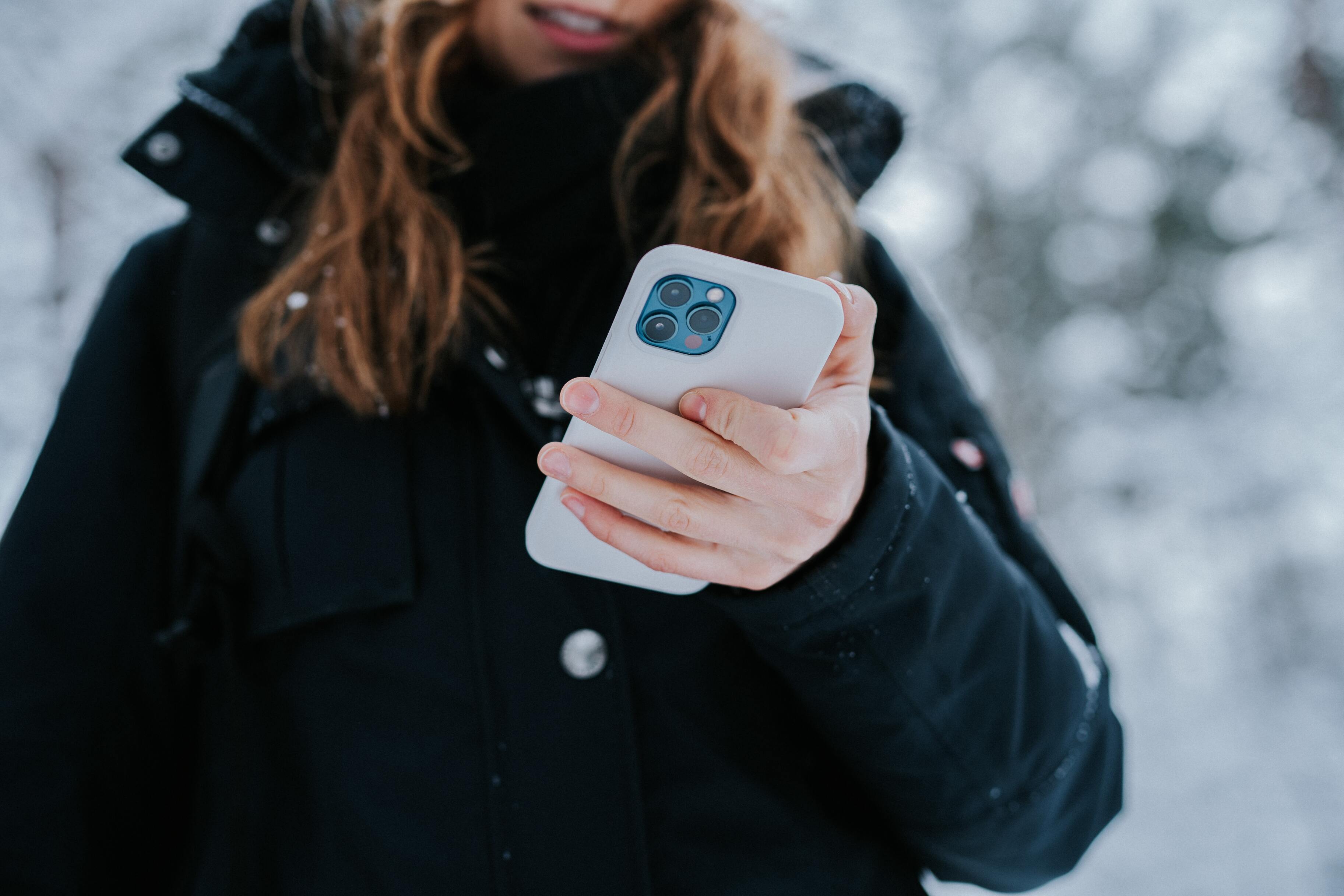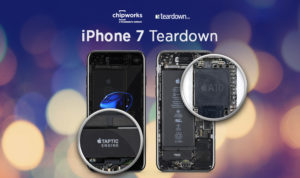
At its event in the brand new Steve Jobs Theater, Apple has today unveiled its latest iPhone models, the iPhone 8 and 8 Plus. Despite the direct step from the iPhone 7 to the 8 model number, rather than 7s, the new models look at first sight like fairly incremental upgrades.
The design is very similar to the iPhone 7 series but the phones now come with glass at front and back. The Retina displays still offer 4. 7" and 5. 5" diagonals and a wide color gamut. True Tone technology, which adjusts the temperature of the display in different surroundings, is also on board.
Both phones are powered by the new A11 Bionic six-core CPU which includes two high-performance cores, which are 25 percent faster than the current A10. The chip also comes with a new image signal processor (ISP) which, Apple says, helps improve low-light performance of the camera using multi-band noise reduction.
Other camera specs looks similar to the previous models. The iPhone 8 camera comes with a 12MP sensor that, according to Apple, captures 83 percent more light and is more power efficient than the predecessors. As before, there are a F1. 8 aperture and optical image stabilization.
The 8 Plus main cameras is the same as on the iPhone 8 but there's a secondary 12MP cameras for zooming and depth effects that comes with a F2. 8 aperture. In video mode both devices can now record slow-motion footage at 1080p and 240 frames per second. Portrait mode gets an upgrade too, with a new beta Portrait Lighting mode to imitate various lighting effects.
The iPhone 8 models are also the first iPhones to come with the Qi wireless charging standard. Storage options range from 64 to 256GB and pre-order for both models starts on September 15th. Shipping is envisaged for September 22nd. The iPhone 8 will start at $699, for the Plus model you'll have to invest at least $100 more.
The iPhone 8 models were not the only new smartphone at Apple's event, though. The company also had a "one more thing" announcement in the shape of the much rumored iPhone X. The X comes with a new design that incorporates a 5. 8" edge-to-edge 2436 x 1125 pixel HDR OLED display, a first for Apple.
Like on the 8 models there is glass on front and back of the water and dust proof body which also does away with Apple's characteristic home button.
Instead there is now Face ID: the device uses a range of sensors at the front, including the 7MP front cam, in combination with neural networking algorithms for face recognition and unlocking the phone. In dark surroundings your face will be illuminated by a front LED for this purpose.
The rear camera is an improvement over the iPhone 8 Plus. The 12MP dual-cam comes with "larger and faster sensors", F1. 8 and F2. 4 apertures and optical image stabilization on both lenses which should particularly improve image quality of the tele lens in low light.
The iPhone X will be available in 64 and 256GB versions and set you back at least $999. It will be available on November 3rd. As usual, we'll have to wait a few days until the full device specs trickle through but let us know in the comments what you think about the latest iPhone camera configurations so far.
. dpreview.com2017-9-15 22:45


